Increased Focus on Financial Inclusion
The Open Banking Market is increasingly focusing on financial inclusion, aiming to provide access to financial services for underserved populations. This emphasis on inclusivity is driven by the recognition that a significant portion of the global population remains unbanked or underbanked. Initiatives aimed at leveraging open banking principles to create accessible financial products are gaining traction. For example, partnerships between banks and fintechs are emerging to develop solutions that cater to low-income individuals. This trend not only addresses social equity but also presents a substantial market opportunity. As the Open Banking Market evolves, the drive towards financial inclusion is likely to expand the customer base and enhance overall market growth.
Rise of Fintech Companies and Startups
The Open Banking Market is witnessing a remarkable rise in fintech companies and startups that are reshaping the financial landscape. These agile firms are leveraging technology to offer innovative solutions that cater to the evolving needs of consumers. Recent statistics indicate that investment in fintech has surged, with funding reaching unprecedented levels in the past year. This influx of capital enables startups to develop cutting-edge products and services that enhance customer experiences. As these companies continue to disrupt traditional banking practices, they are likely to drive competition and innovation within the Open Banking Market, ultimately benefiting consumers through improved services and lower costs.
Regulatory Support for Open Banking Initiatives
The Open Banking Market is significantly influenced by regulatory support that encourages transparency and competition among financial institutions. Regulatory bodies in various regions have implemented frameworks that mandate banks to share customer data with authorized third-party providers. For instance, the implementation of the Revised Payment Services Directive (PSD2) in Europe has paved the way for increased innovation in financial services. This regulatory environment fosters a culture of collaboration, enabling fintechs to develop innovative solutions that challenge traditional banking models. As regulations continue to evolve, they are likely to further stimulate growth in the Open Banking Market, creating opportunities for new entrants and enhancing consumer choice.
Technological Advancements in Financial Services
The Open Banking Market is experiencing a surge in technological advancements that facilitate seamless integration between banks and third-party providers. Innovations such as Application Programming Interfaces (APIs) enable secure data sharing, enhancing customer experiences. According to recent data, the adoption of APIs in financial services has increased by over 30% in the last two years. This trend indicates a growing acceptance of digital solutions among consumers and businesses alike. As technology continues to evolve, the Open Banking Market is likely to witness further enhancements in service delivery, efficiency, and customer engagement. The integration of artificial intelligence and machine learning into banking processes also suggests a potential for personalized financial services, which could drive customer loyalty and retention.
Consumer Demand for Personalized Financial Solutions
In the Open Banking Market, there is a notable shift towards personalized financial solutions driven by consumer demand. Customers increasingly seek tailored products that align with their unique financial situations and goals. This trend is evidenced by a report indicating that 70% of consumers prefer personalized banking experiences. As a result, banks and fintech companies are compelled to leverage data analytics to offer customized services. The ability to analyze consumer behavior and preferences allows financial institutions to create targeted offerings, enhancing customer satisfaction. This growing demand for personalization is likely to propel the Open Banking Market forward, as companies that can effectively meet these expectations may gain a competitive edge.
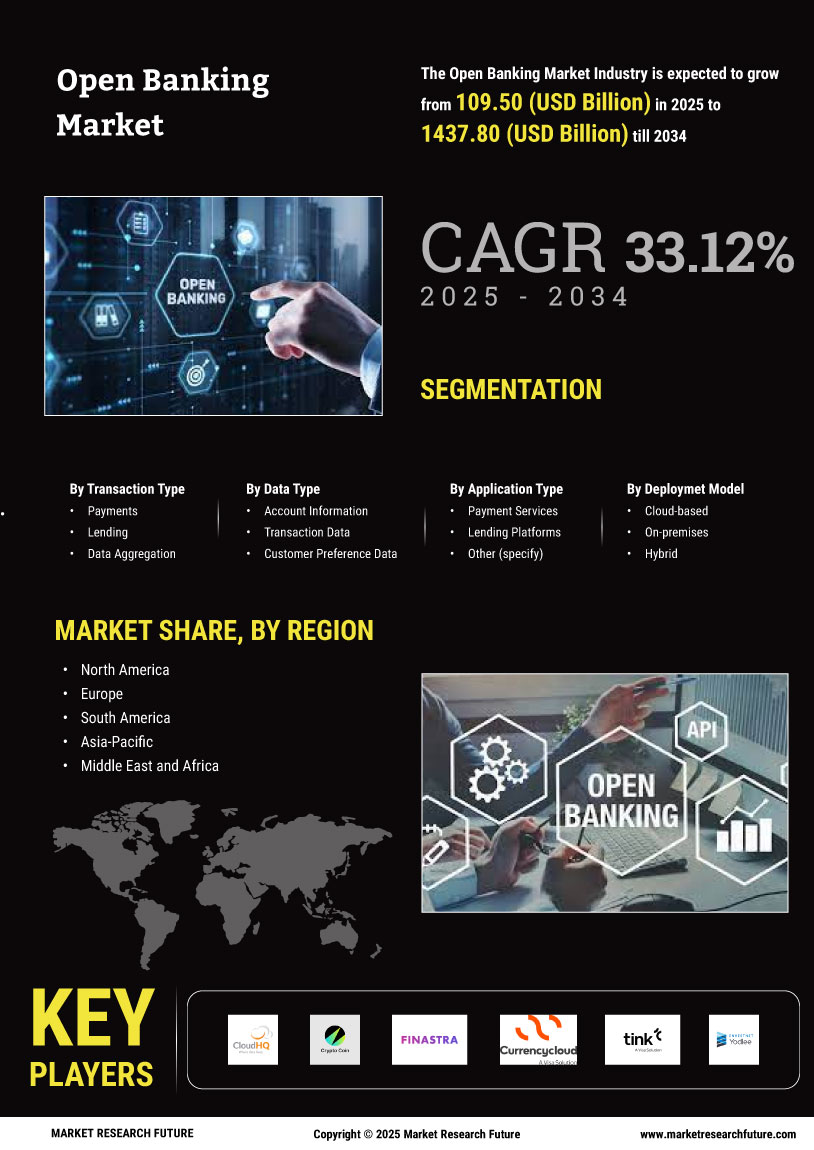

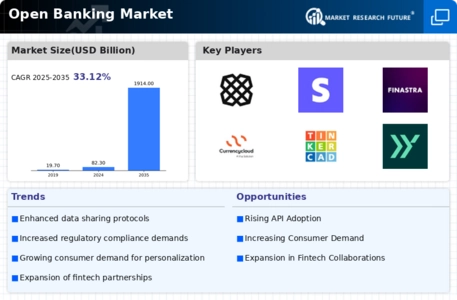
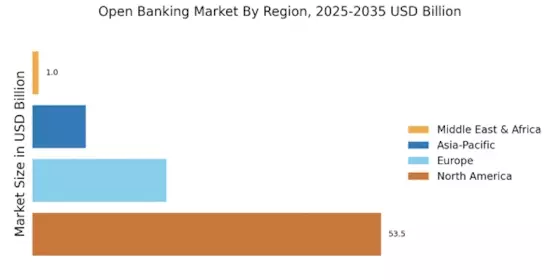
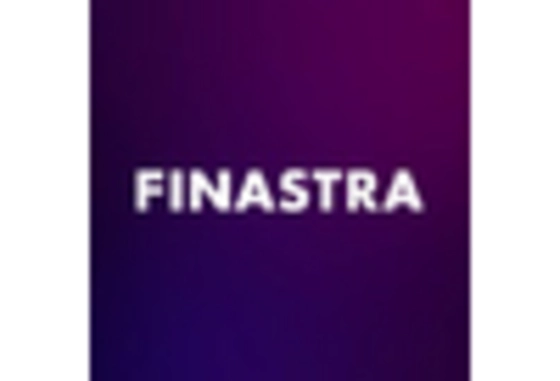

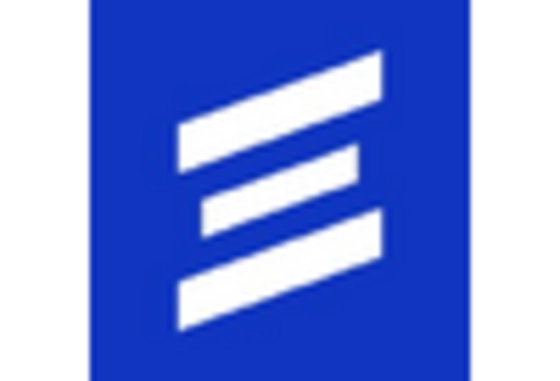
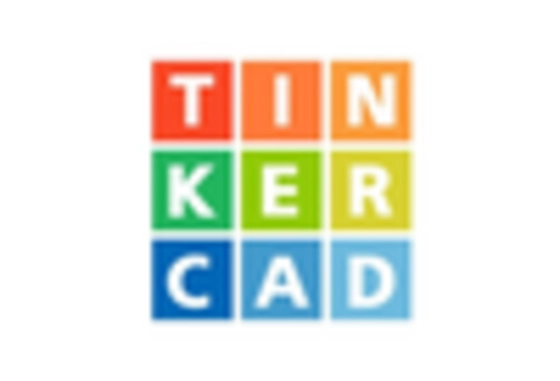










Leave a Comment